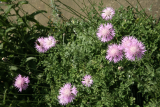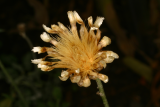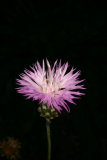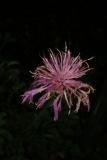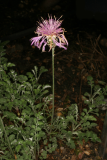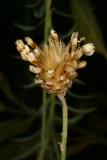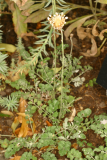Additional notes (click to expand)
Nomenclature
Previously grown as Centaurea simplicicaulis (29/10/20)
http://www.plantsoftheworldonline.org/
Geographical distribution
- Asia-Temperate, Caucasus, Transcaucasus
Psephellus simplicicaulis (Boiss. & A.Huet) Wagenitz
Family: ASTERACEAEGenus: Psephellus
Species: simplicicaulis (Boiss. & A.Huet) Wagenitz
Common names: Dwarf Bachelor's Button
Distribution summary: Transcaucasia
Habit: Perennial
Hardiness: H4 - Hardy; average winter
Habitat: Limestone screes and crevices
Garden status: Not currently grown
Flowering months: June, July
